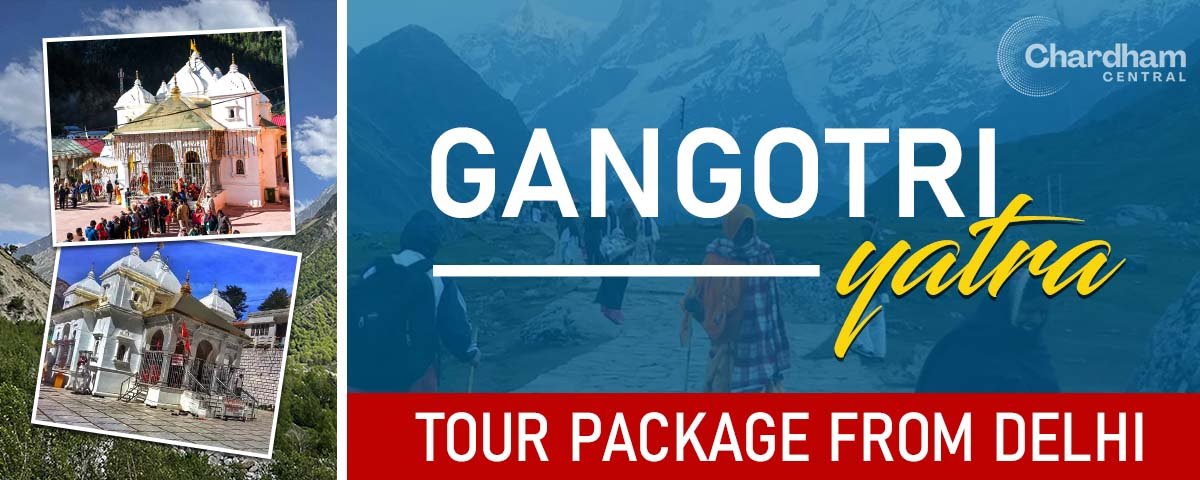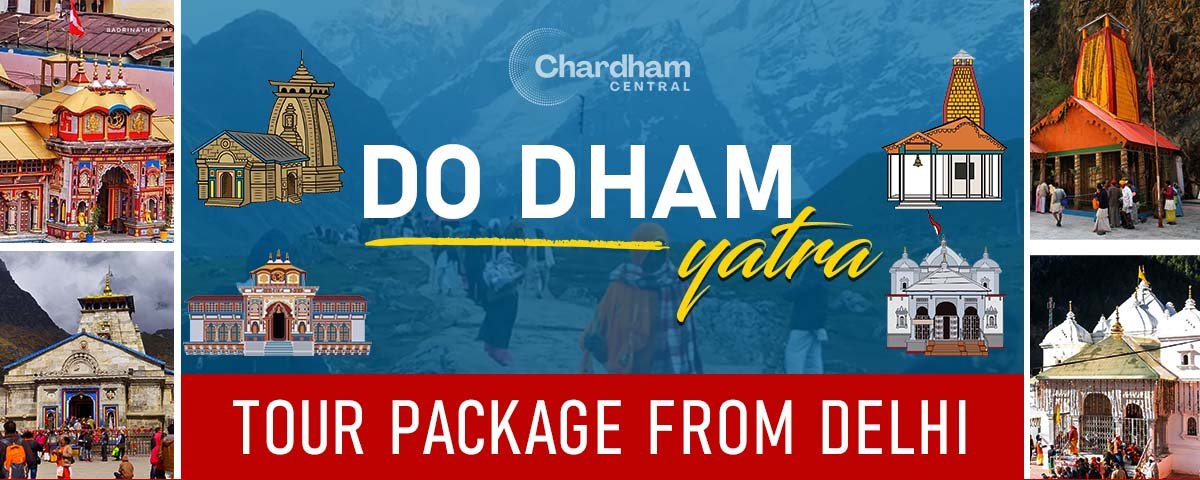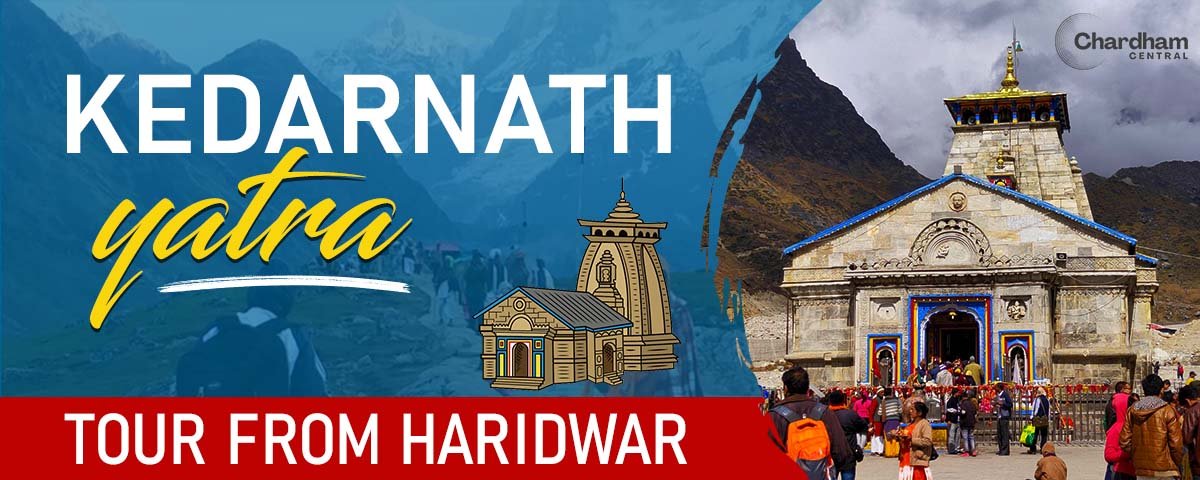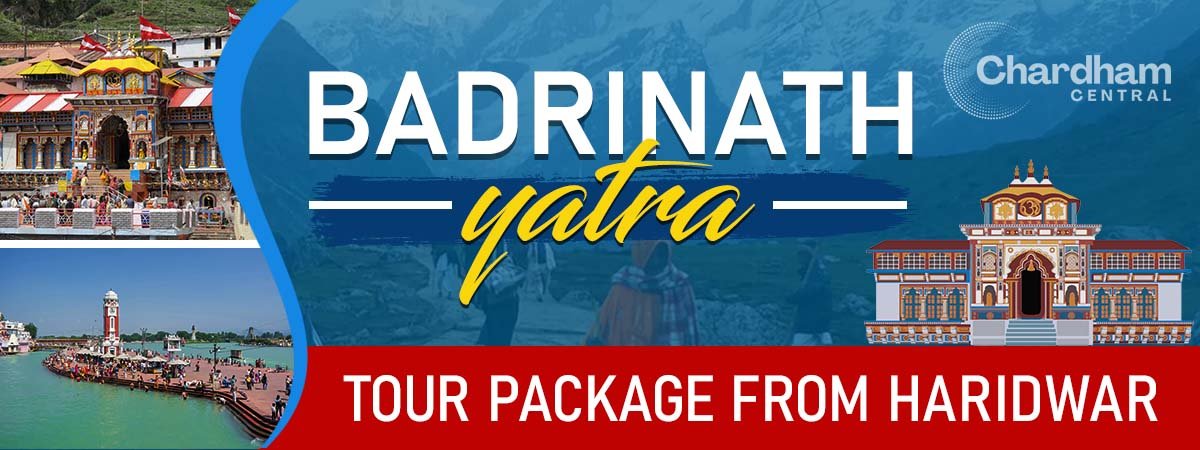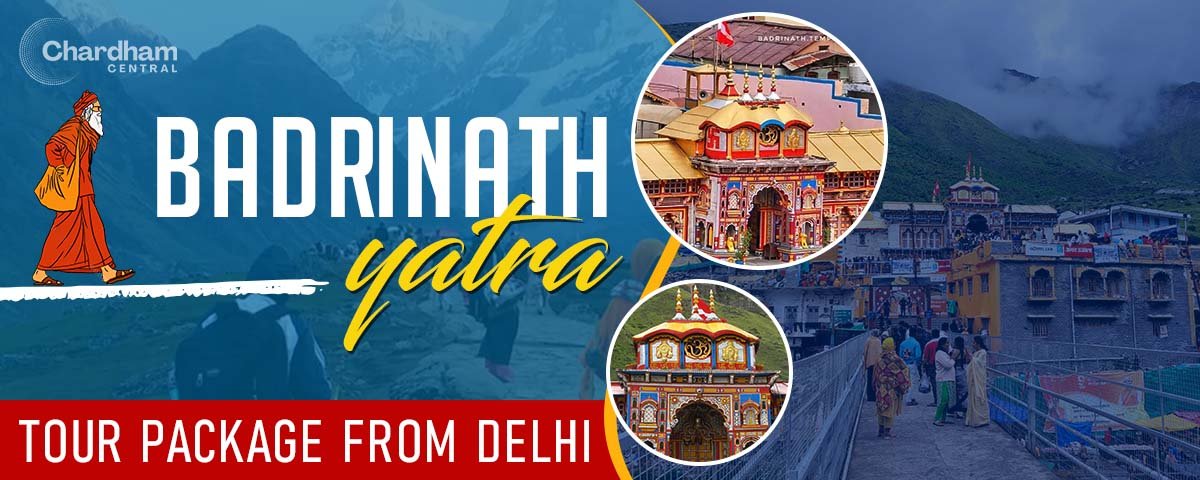
About Char Dham
The Char Dham is a sacred pilgrimage circuit located in the Indian state of Uttarakhand, known for its spiritual significance and natural beauty. The four revered pilgrimage sites that make up the Chota Char Dham in Uttarakhand are Yamunotri, Gangotri, Kedarnath, and Badrinath. Each of these sites is dedicated to a specific deity and holds immense religious importance for Hindus.
- Yamunotri: Dedicated to Goddess Yamuna, this temple is located in the picturesque town of Janki Chatti, in the Uttarkashi district.
- Gangotri: The sacred temple of Goddess Ganga, located near Harsil in the Uttarkashi district, is the source of the holy Ganges River.
- Kedarnath: A major pilgrimage site dedicated to Lord Shiva, Kedarnath is situated near Sonprayag in the Rudraprayag district, surrounded by majestic Himalayan peaks.
- Badrinath: Dedicated to Lord Vishnu, this revered temple is located in the town of Joshimath, in Chamoli district, and is set against a backdrop of breathtaking mountains.
The 4 Dham Yatra is considered one of the most significant pilgrimages in Hinduism, believed to offer spiritual cleansing, moksha (liberation), and salvation to devotees. Pilgrims begin on this journey to seek divine blessings and to connect with the profound spiritual energy of the region.
Significance of Char Dham Yatra
The Char Dham Yatra is not just a physical journey, but a deeply transformative spiritual experience, where pilgrims unite with the divine through devotion, rituals, and contemplation. The challenging trek across the stunning yet rugged Himalayan landscape represents the inner struggle and perseverance required to overcome life’s obstacles and achieve spiritual enlightenment. As one of the most revered and sacred pilgrimages in Hinduism, the Char Dham Yatra holds immense significance. It is believed to purify one’s soul, cleanse accumulated sins, and grant moksha (liberation) after death. The journey brings divine blessings, fostering spiritual tranquility and providing the path to eternal peace and salvation.
History of Char Dham Yatra
The Char Dham pilgrimage, consisting of Yamunotri, Gangotri, Kedarnath and Badrinath has a rich history, with each site holding its own unique legend and significance. These sacred destinations were established by the revered philosopher Adi Shankaracharya to unite Hindus across India, overcoming regional divisions and feuds. For centuries, the journey to these sites was a challenging, arduous trek through the hilly terrain, with pilgrims often relying on foot travel, or those with resources traveling with entourages. However, after the 1962 Indo-China war, India focused on improving infrastructure and connectivity to these remote regions, making it easier for pilgrims to reach the holy sites by road. Kedarnath is located near the Mandakini River in Rudraprayag, Badrinath by the Alaknanda River in Chamoli, Yamunotri near the source of the Yamuna River, and Gangotri near the mythical source of the Bhagirathi River, both in Uttarkashi. The Char Dham pilgrimage continues to be a path to attain moksha, liberation from the cycle of birth and rebirth, drawing millions of devotees each year.
Mythology About Char Dham
The Char Dham Yatra is a sacred pilgrimage to the four holy shrines Yamunotri, Gangotri, Kedarnath, and Badrinath. Each site is steeped in rich mythology and is believed to purify pilgrims physically, mentally, and spiritually. Undertaking this journey is said to bring peace, prosperity, and liberation from the cycle of birth and death, guiding devotees toward the ultimate realization of divinity.
1. Yamunotri Mythology
Yamunotri is the source of the Yamuna River, which is believed to be the sister of Yama, the God of Death. According to mythology, Yamuna requested her brother Yama to grant her a boon, and he granted her wish that anyone who takes a dip in her sacred waters would be freed from the fear of death and attain liberation. The Yamunotri temple is dedicated to her, and the holy river originates from the Yamunotri Glacier.
2. Gangotri Mythology
Gangotri is the source of the Ganges River and is considered one of the holiest places in Hinduism. The Ganges is believed to be a celestial river that descended from heaven to Earth when Lord Shiva caught it in his matted hair to prevent it from flooding the Earth. The famous story of King Bhagirath plays a central role here. King Bhagirath performed severe penance to bring the river Ganga to Earth to purify the souls of his ancestors, who had perished due to a curse. Ganga agreed to descend, but due to her immense power, Lord Shiva had to catch her in his hair to soften her fall to Earth. It is believed that the Ganges first descended at Gangotri.
3. Kedarnath Mythology
Kedarnath is one of the twelve Jyotirlingas and is dedicated to Lord Shiva, who is worshiped as the Lord of the Kedar mountains. According to Hindu legend, during the Mahabharata, the Pandavas sought Lord Shiva’s blessings to absolve themselves of the sins they incurred during the Kurukshetra war. Shiva, wishing to avoid them, transformed into a bull and fled to the mountains. The Pandavas chased him, and ultimately, Shiva appeared in the form of a huge, unique rock at Kedarnath. The temple at Kedarnath is said to be the place where Lord Shiva granted blessings to the Pandavas.
4. Badrinath Mythology
Badrinath is dedicated to Lord Vishnu, who is worshiped here in his form as Badri Vishal. The temple is located in the valley of the sacred river Alaknanda. The legend of Narayan and Nara holds a central place in the history of the site. It is said that Lord Vishnu meditated in this region in his twin forms as Narayan (a divine being) and Nara (a human being). According to the myth, Lord Vishnu became so deeply engrossed in his meditation that his consort, Goddess Lakshmi, took the form of a Badri tree (Indian jujube tree) to shield him from the harsh weather. Over time, the place became sacred and came to be known as Badrinath, meaning "the place of Badri" (the tree).
Char Dham Yatra Circuit
The Char Dham Yatra is traditionally undertaken in a clockwise direction, starting from Yamunotri, followed by Gangotri, then Kedarnath, and finally concluding at Badrinath. This route is considered spiritually significant as it aligns with the traditional order of the shrines. Starting at Yamunotri, the lowest shrine, pilgrims gradually ascend to the higher-altitude temples of Kedarnath and Badrinath, which allows for better acclimatization to the increasing altitudes. The clockwise direction is not only a practical approach for altitude adjustment but also adheres to the sacred rituals and cultural customs associated with the Yatra.
India’s Char Dham
The Chota Char Dham Yatra in Uttarakhand, comprising the sacred shrines of Yamunotri, Gangotri, Kedarnath, and Badrinath, is one of the most revered pilgrimage circuits in India. Located in the serene Himalayas, these four temples are believed to purify the soul and grant spiritual liberation.
However, India’s larger Char Dham circuit encompasses four other important shrines Badrinath, Rameswar,Jagannath Puri, and Dwarka which are spread across different states of India and are collectively known as the Bada Char Dham Yatra. These shrines, representing the four cardinal directions, form the ultimate pilgrimage for Hindus. It is believed that completing the Char Dham Yatra ensures moksha (liberation) after death. Traditionally, the yatra has been popular among elderly devotees seeking salvation, but in recent years, it has gained popularity among younger generations as well. Many young pilgrims are now embarking on this sacred journey, eager to experience its spiritual significance at an early age. Whether young or old, the Char Dham Yatra remains a powerful and transformative pilgrimage that continues to hold a special place in the hearts of millions across the country.
How Char Dham came into existence
The concept of 4 Dham Yatra has its roots in ancient Hindu traditions, with its exact origins tied to mythology and spiritual beliefs. The four sacred temples Yamunotri, Gangotri, Kedarnath, and Badrinath located in Uttarakhand, are considered the most revered pilgrimage sites. The idea of Char Dham is believed to have been formalized by Adi Shankaracharya in the 8th century, who not only established temples at these locations. The pilgrimage to these shrines is thought to cleanse one’s soul and lead to moksha (spiritual liberation).
The Char Dham Yatra became an essential part of Hindu spiritual practice over time, with the belief that completing the journey guarantees divine blessings and liberation. The temples, each with their own mythological significance, became major centers for worship and spiritual reflection. Over the centuries, the Char Dham Yatra evolved into a revered pilgrimage, with millions of devotees undertaking the journey to seek salvation.
About Char Dham FAQ's
The Char Dham Yatra is one of the most sacred and spiritually significant pilgrimages in Hinduism. It represents a journey of spiritual purification, self-discovery, and divine connection. Hindus believe that visiting the four holy shrines—Yamunotri, Gangotri, Kedarnath, and Badrinath—helps wash away sins, purify the soul, and ultimately liberate one from the cycle of birth and death (moksha).
The Char Dham Yatra was popularized by Adi Shankaracharya in the 8th century to promote spiritual unity across India. Each Dham has its own mythological, religious, and spiritual significance, with ancient stories and traditions associated with the deities worshipped at each shrine.
Yamunotri Dham should be visited first as per tradition. It marks the starting point of the Char Dham Yatra and is considered the proper way to begin this sacred journey.
The Char Dham Yatra traditionally follows a clockwise route, starting from Yamunotri, then proceeding to Gangotri, followed by Kedarnath, and ending at Badrinath. This sequence is not only spiritually significant but also helps pilgrims gradually acclimatize to higher altitudes, making the journey safer and more comfortable.
Yes, a variety of accommodations are available near the Char Dham temples, ranging from budget guesthouses and dharamshalas to mid-range hotels and deluxe stays. Many ashrams also offer affordable lodging, especially for pilgrims seeking a simple and spiritual stay. Booking in advance is recommended during peak season.
Yes, Char Dham helicopter packages are available for those seeking a faster and more comfortable pilgrimage, especially ideal for senior citizens and those with limited time. These tours usually start from Dehradun and cover all four shrines. It is highly advisable to book in advance, particularly during the peak season.
Yes, the Char Dham Yatra can be physically demanding due to long road journeys through Himalayan terrain and high altitudes. Some sites, especially Yamunotri and Kedarnath, involve steep and lengthy treks, which can be tiring. Pilgrims should be reasonably fit and prepared for rugged paths and altitude changes.
